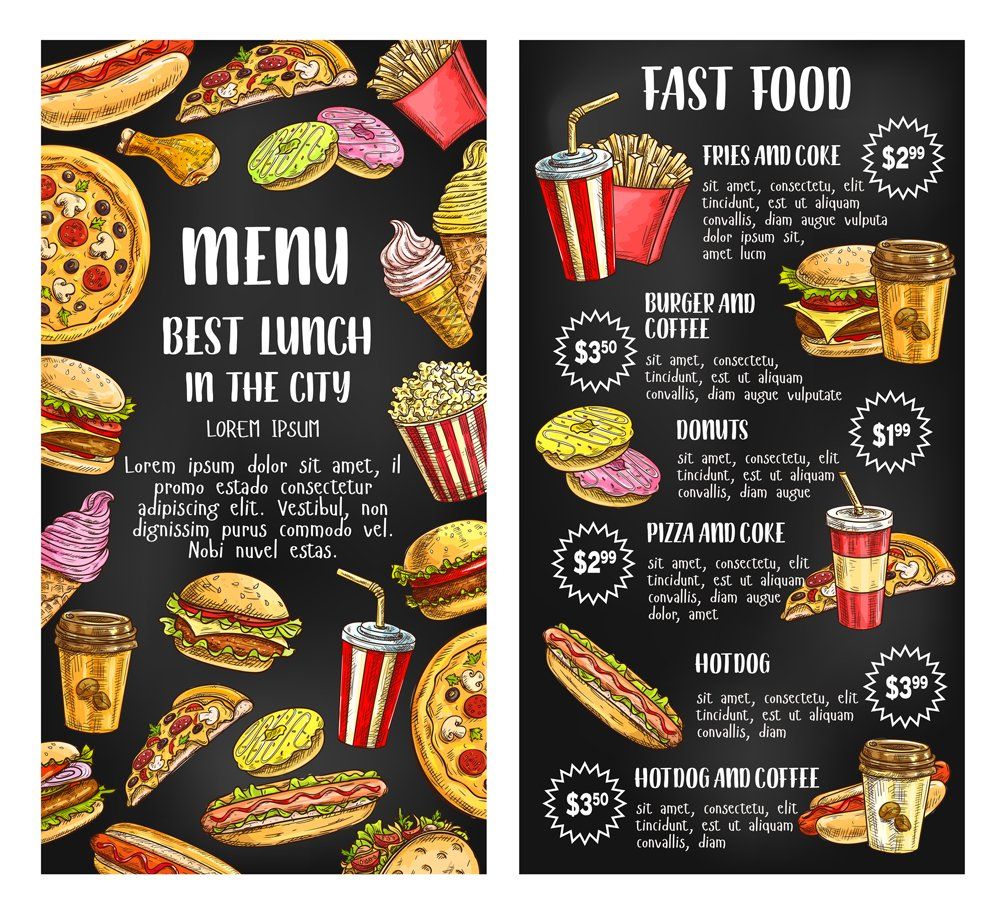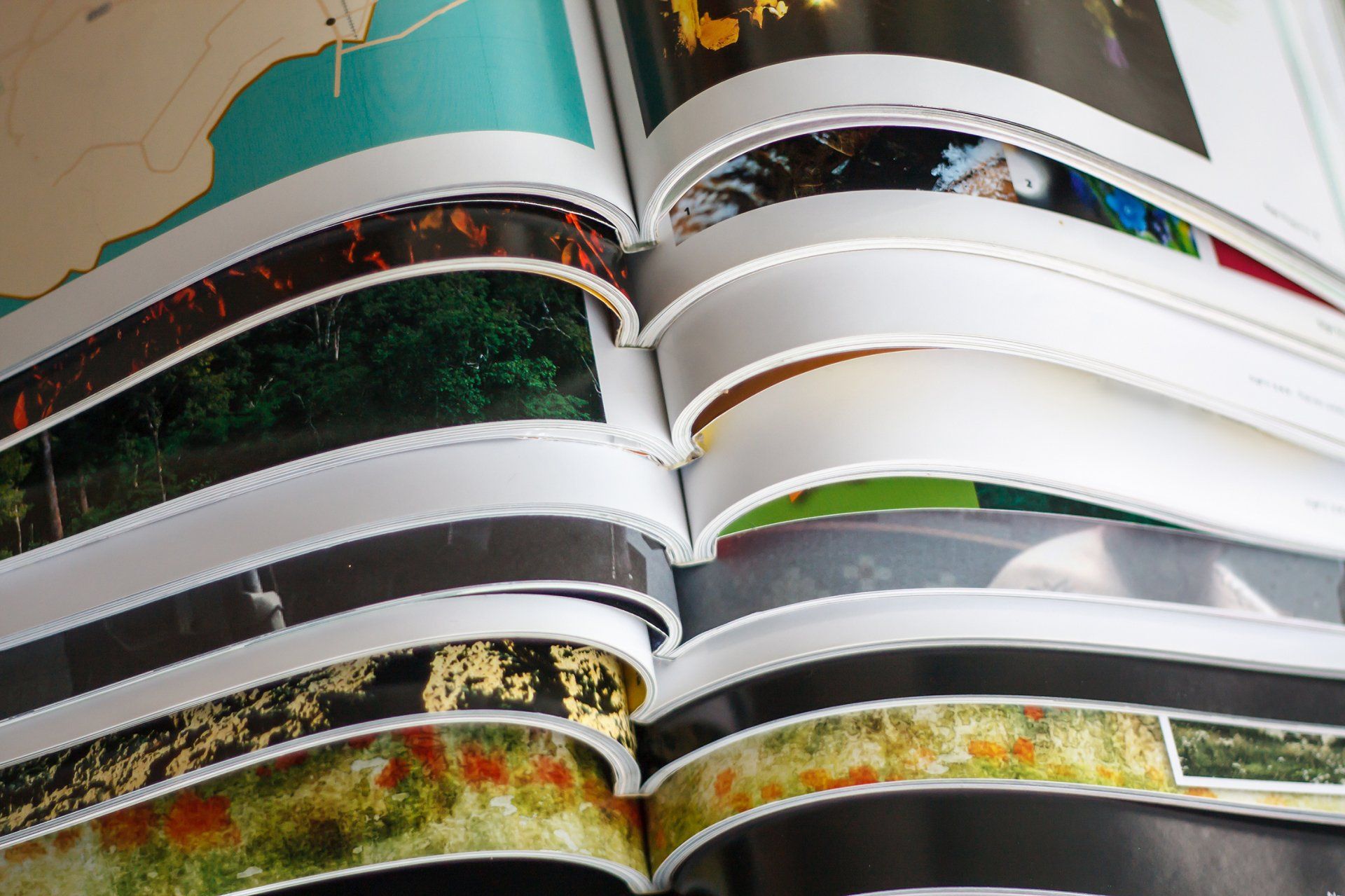5 Logo Mistakes a Professional Can Help You Avoid
Admin • November 27, 2018
A logo is more than a decorative addition to business cards and signs. The image becomes a recognizable identifier of a company. The design should instantly let people know the business is professional, fun, or whatever other traits the company wants to promote. The quality of the logo relies on a creative and professional graphic design to avoid any complications.
1. Keep It Balanced
A good logo is one that is neither boring nor overly complex. Dull logos make the company forgettable. A design that is too vague may not give people enough information about the company, or it could seem like an afterthought. A customer may doubt the quality of the service if it seems the business made their logo without any real effort.
However, stay away from a complex, busy logo. Too much information or intricate designs can confuse people. If there is too much happening in the image, it is easy for the logo to become a muddled mess when shown on a smaller scale.
2. Make It Original
Copyright infringement of any type is a serious legal matter. It is even more worrisome if someone uses a copied design as their own branding. This mistake makes a business vulnerable to a lawsuit and can instantly diminish the reputation of the company to anyone aware of the problem.
Companies that ignore the risks could face severe penalties. By law, anyone found guilty of a copyright infringement could face fines up to
$150,000
for each infringement and have any business property seized that has the logo included. Never use trademarked images or a logo so similar in style to another company that the public could confuse them.
3. Ensure Its Versatility
Logos do not always stay the same size as the original design. People reduce images for letterheads and envelopes and enlarge logos for exterior signage and vehicle wraps. The artwork and lettering must be appealing at every size. One of the most common problems with logos is when people use digital images for their original work, only to have visible pixels after enlargement.
Another concern is logos that need some type of movement for effect. A website logo with flashing colors or animated features may not translate well as a still image. Even a company working only online cannot afford to make this mistake; at some point the logo will go on their packaging or another type of printed item.
4. Avoid All Trends
Trends can seem to take over everything. The popularity of these styles or images can make them seem like a great marketing tool. The problem is that they often disappear as fast as they arrived. Once a trend ends, any logo that used it will seem outdated.
Another concern with trendy logos is that the company risks ostracizing anyone that is not a part of the target group of that specific fad. The desire to only appeal to one gender or age group may seem okay if that is the target audience, but a logo with a more open and universal appeal may entice customers that the company never expected.
5. Check the Colors
Marketing experts, psychologists, and many others have explored
the power of color. The studies reveal how color affects appetite, mood, and spending. The use of color in a logo can help to encourage an emotion that relates to the business. The wrong color choice could push away people.
For example, red is energizing. The bold color increases appetites and encourages impulsive behaviors and emotions. Red is not the best choice for the logo of a spiritual retreat. This situation is also why a gym or nightclub may avoid a serene blue and white pattern for their branding. Choose a color that corresponds with the emotions or experiences your customers should have in relation to your company.
At
InkSpot Printing
, we do more than print marketing materials. We can also help you to develop the design that will become your most recognizable form of advertisement. Contact us to see how our art department can help you to create an appealing, original logo for your organization.












